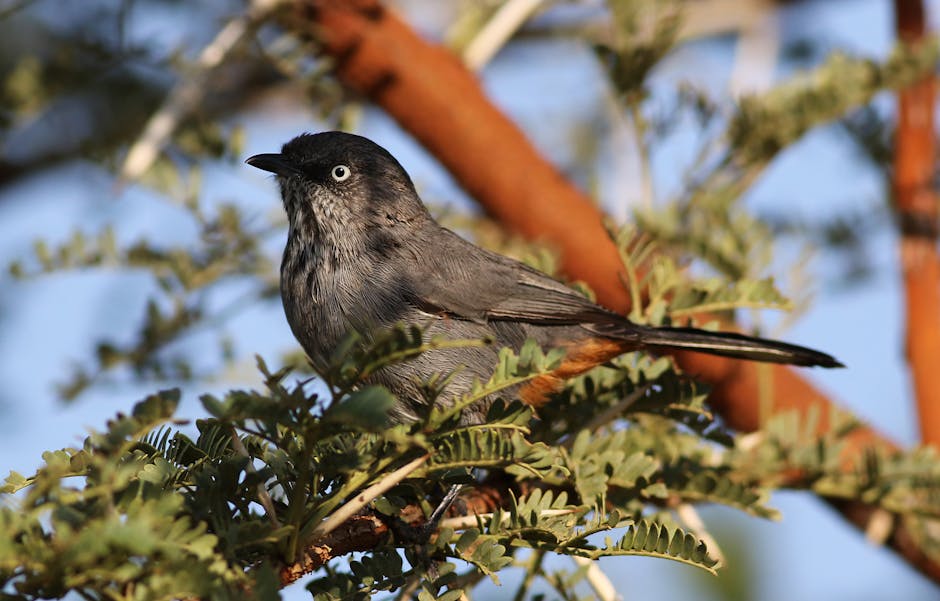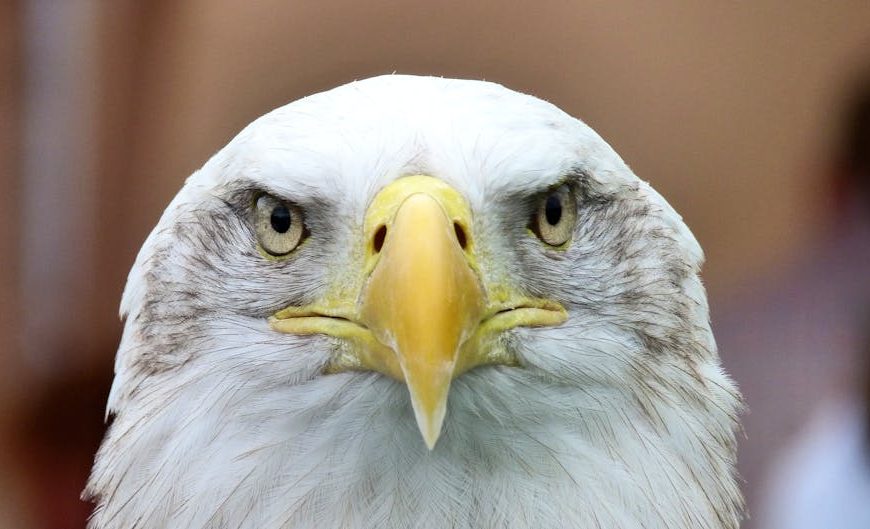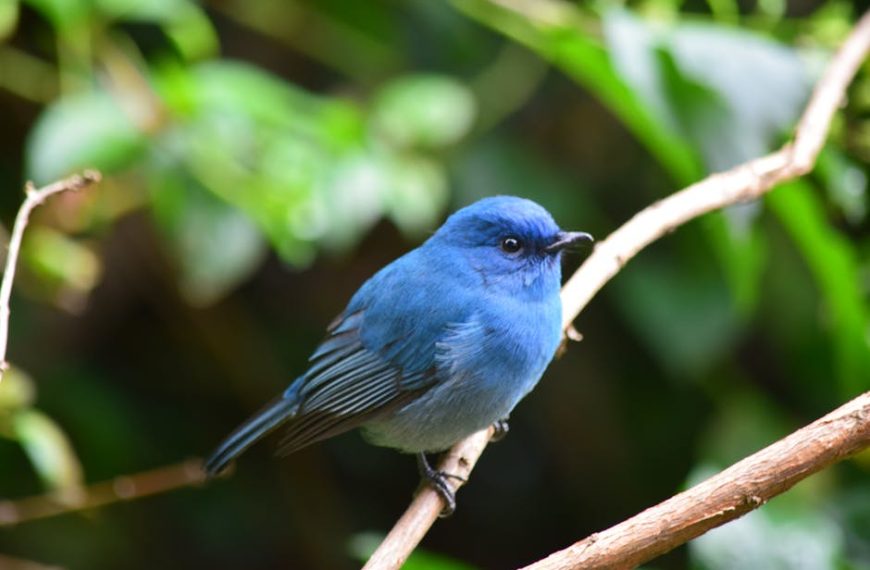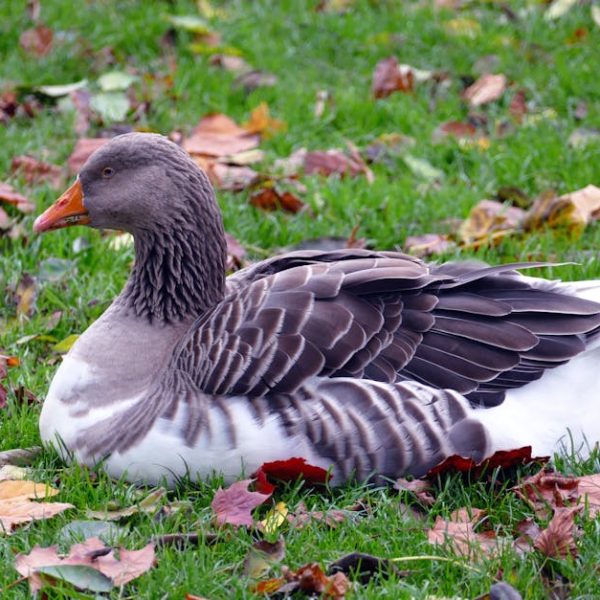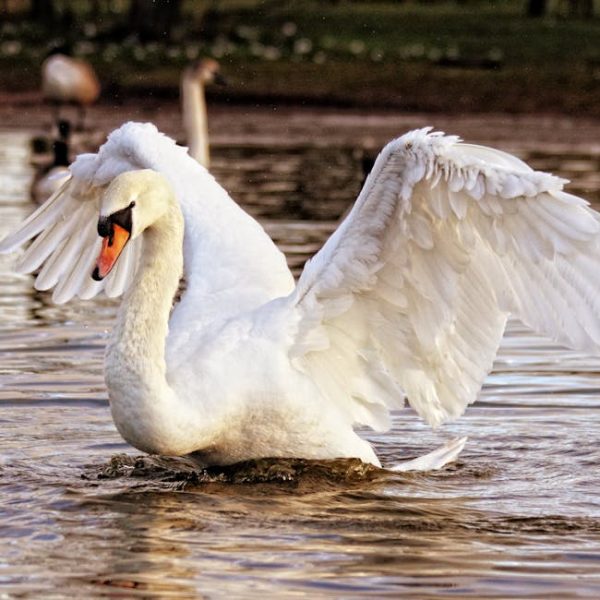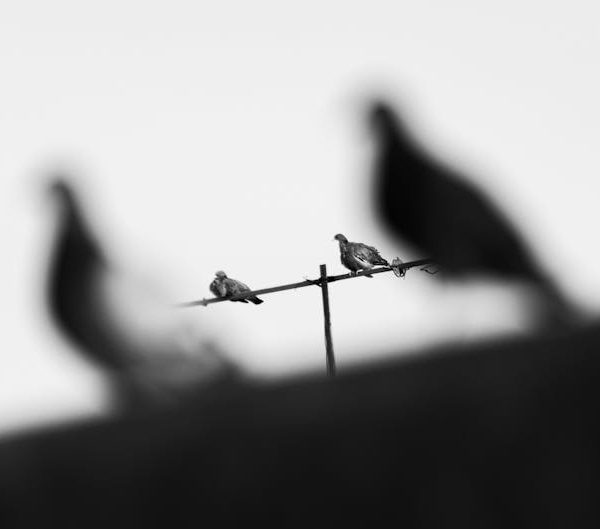Birdsong is a natural melody that isn’t created at random. The melodic chirps and whistles are influenced primarily by the bird’s circadian rhythm— an inherent bio-clock that dictates their day-night activities. For avians, this circadian rhythm majorly dictates their singing patterns.
Nightfall naturally imposes a lull in the chorus of birds. With the absence of light, it acts as a cue for many species to settle down for the night. Cooler temperatures that come with darkness also play a hand in silencing the avian orchestra, as birds conserve energy for maintaining body warmth.
Difference in Chirping Patterns Across Species
However, not all birds sing by the same beat. Differences exist across species when it comes to chirping patterns. For instance, the phenomenon of the dawn chorus, when many species burst into song at the break of a new day, can be a fascinating event for both bird-enthusiasts and the curious alike.
Some of the notable performers in this daily event include:
- The famed Nightingale, known for its evocative nocturnal serenades.
- The ever punctual Rooster, with its trademark early-morning wakeup call.
Seasonal influence on Bird Chirping
The change in seasons also brings about shifts in birds’ singing behavior, especially in the breeding season. The arrival of spring sees an increase in bird activity as males engage in vocal displays to attract females and assert dominance.
Some bird species that modify their singing schedules according to seasons include many migratory birds. These birds tend to increase their vocal activity significantly during the pre-migration season.
Concluding, birds’ chirping behavior varies significantly depending on a multitude of factors, be it intrinsic like their circadian rhythm, or extrinsic, like changes in light, seasons, and human-induced environmental disturbances. However, the ability to identify these patterns and understand their implications can provide a captivating insight into the secret life of birds.
Role of Chirping in Mating and Territorial Displays
Not just a soothing sound to human ears, bird chirps serve essential functions in the avian world. They are integral to communication, especially during the mating season, when males take to energetic vocal displays to woo their potential partners. This explains the characteristic increase in song frequency during spring – the common breeding season for a large number of species.
Beyond just mating calls, chirping plays a crucial role in marking territory as well. Males often use distinct songs to signal their control over specific areas and deter rivals. Yet when there’s no need for such communication – during the non-breeding season or outside territorial disputes – birds typically chirp less.
- If the song is highly varied and complicated, it’s likely a mating call.
- Short, repetitive songs are typically territorial warnings.
- If you see a bird frequently singing from high, visible spots, they could be demonstrating dominance over their area.
Human Impact on Bird Chirping
Unfortunately, human activities, urban noise, and habitat degradation are upsetting the natural chirping patterns of birds. In busy city settings, some species have been observed to begin their morning chorus much earlier, possibly to avoid competition with the ambient noise. Abrupt changes in light, due to artificial lighting during the nighttime, can also disrupt their circadian rhythm, leading to altered chirping behavior.
Furthermore, climate change-induced shifts in seasons can interfere with the breeding cycle of birds, ultimately affecting their singing schedules. For instance, earlier springs may prompt birds to start their mating calls sooner than usual.
Plunge into the mesmerizing world of avian activity, and you’ll realize just how captivating their habits can be. From the complexity of their chirps to the variations present across species and seasons, their behavior is a rich and rewarding aspect to observe and understand. As we become more aware of our impact on bird life, it’s crucial that we take steps to maintain the natural harmony that lets these little creatures sing the songs of the wild.
Key Takeaway:
- Birdsong is primarily controlled by the bird’s internal body clock or circadian rhythm and is also influenced heavily by environmental factors.
- Different species have distinct chirping patterns, ranging from diurnal birds singing mostly at daybreak to nocturnal ones that serenade at night.
- Seasons greatly affect birds’ singing behaviors, especially during the breeding season when there’s an increased activity.
- Birdsong is used not just for attracting mates but also as a territorial marker, often resulting in quieter periods when such communication is not needed.
- Human activities, artificial lighting, noise pollution, and climate change all have significant impacts on birds’ singing patterns, often causing them to adjust their traditional singing schedules.
Remember, each chirp in the avian world has a purpose, whether it’s a call for a mate, a territorial marker, or a mere routine set by their biological clock. As we become more aware of our impact on these creatures, we can adjust our behaviors to ensure we help maintain the harmony in the natural chorus of birds.
FAQs
Q: Can birdwatchers influence bird chirping patterns?
A: It’s unlikely that birdwatchers will disrupt bird chirping patterns significantly unless they are disturbing the birds directly or altering their immediate environment, such as creating excessive noise or light. A responsible birdwatcher should strive to observe birds without disturbing them.
Q: Will a bird stop chirping if it is sick?
A: Birds can indeed become quieter when they are unwell or stressed. If you notice a significant reduction in a pet bird’s chirping or change in song in a wild bird, it could be a sign of illness or distress.
Q: Can birds learn to mimic the chirping patterns of other species?
A: Some birds, like the mockingbird or certain parrots, are known mimics and can pick up, imitate, and incorporate sounds from other bird species, and even man-made sounds, into their songs.
Q: Why do birds tend to be louder in the mornings?
A: This is primarily due to the ‘dawn chorus.’ With less noise and light in the morning, birds’ songs can travel longer distances, making it an optimal time for communication. This is especially true in urban settings with high noise pollution during the day.
Q: What steps can I take to create a bird-friendly habitat in my backyard?
A: You can start by planting native vegetation and providing a water source. Regulating outdoor lighting and noise during nighttime can also create a safer, more comfortable environment for birds. For shelter, consider installing birdhouses suitable for your local bird species.
We hope this post was insightful and encourages you to explore more about avian behaviors. Remember, every chirp matters. Share this post with fellow bird lovers and stay tuned for more intriguing posts about the natural world around us!
